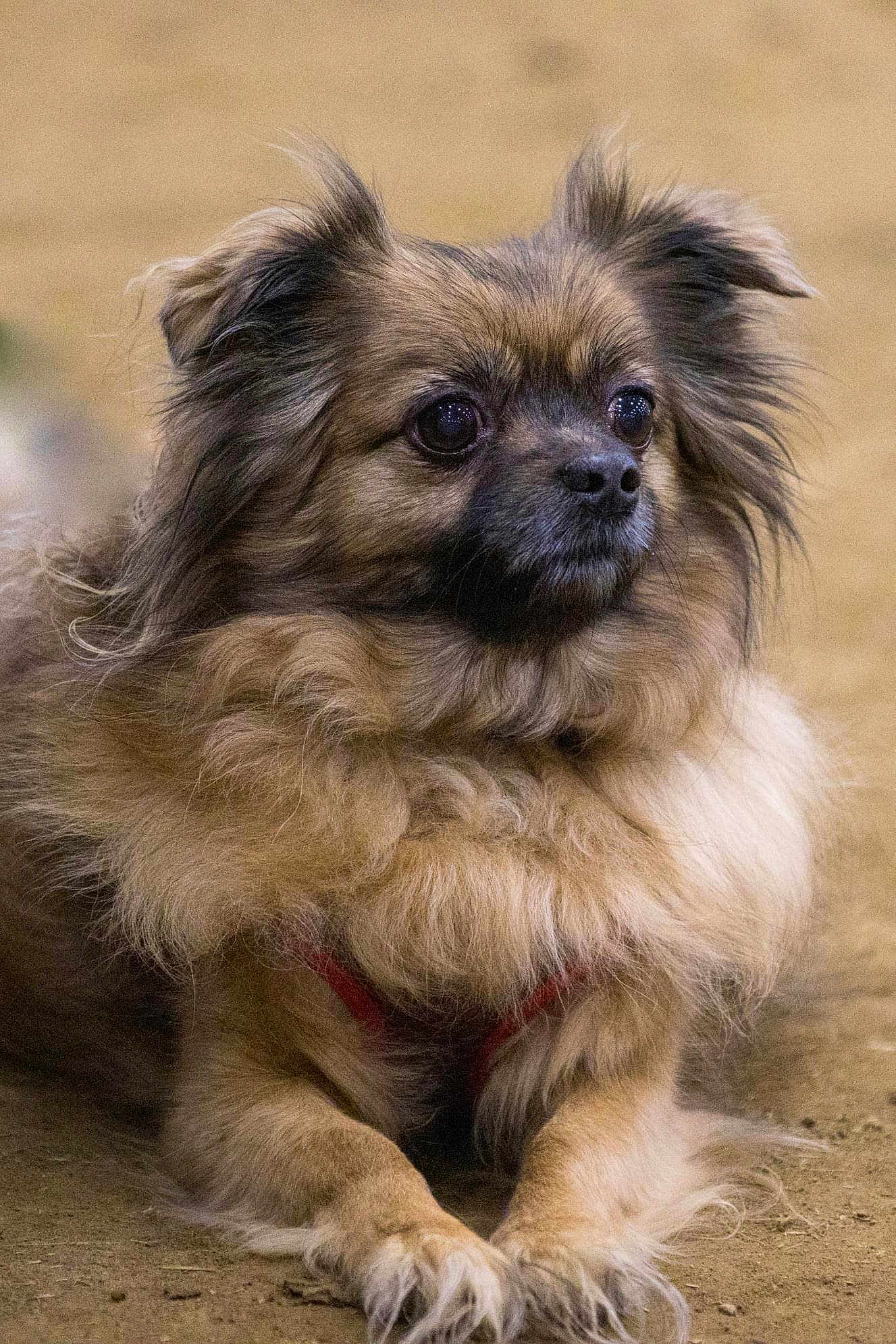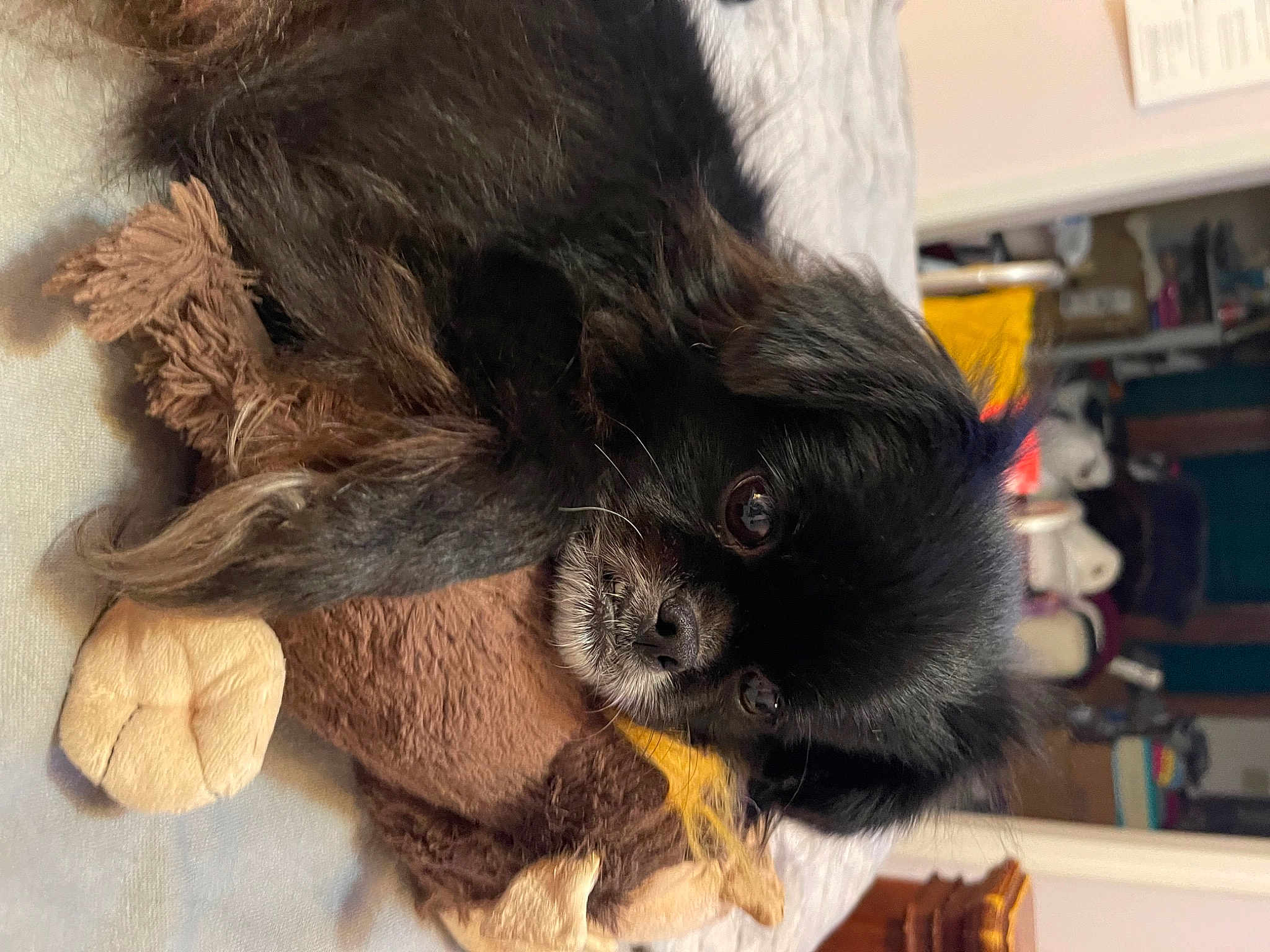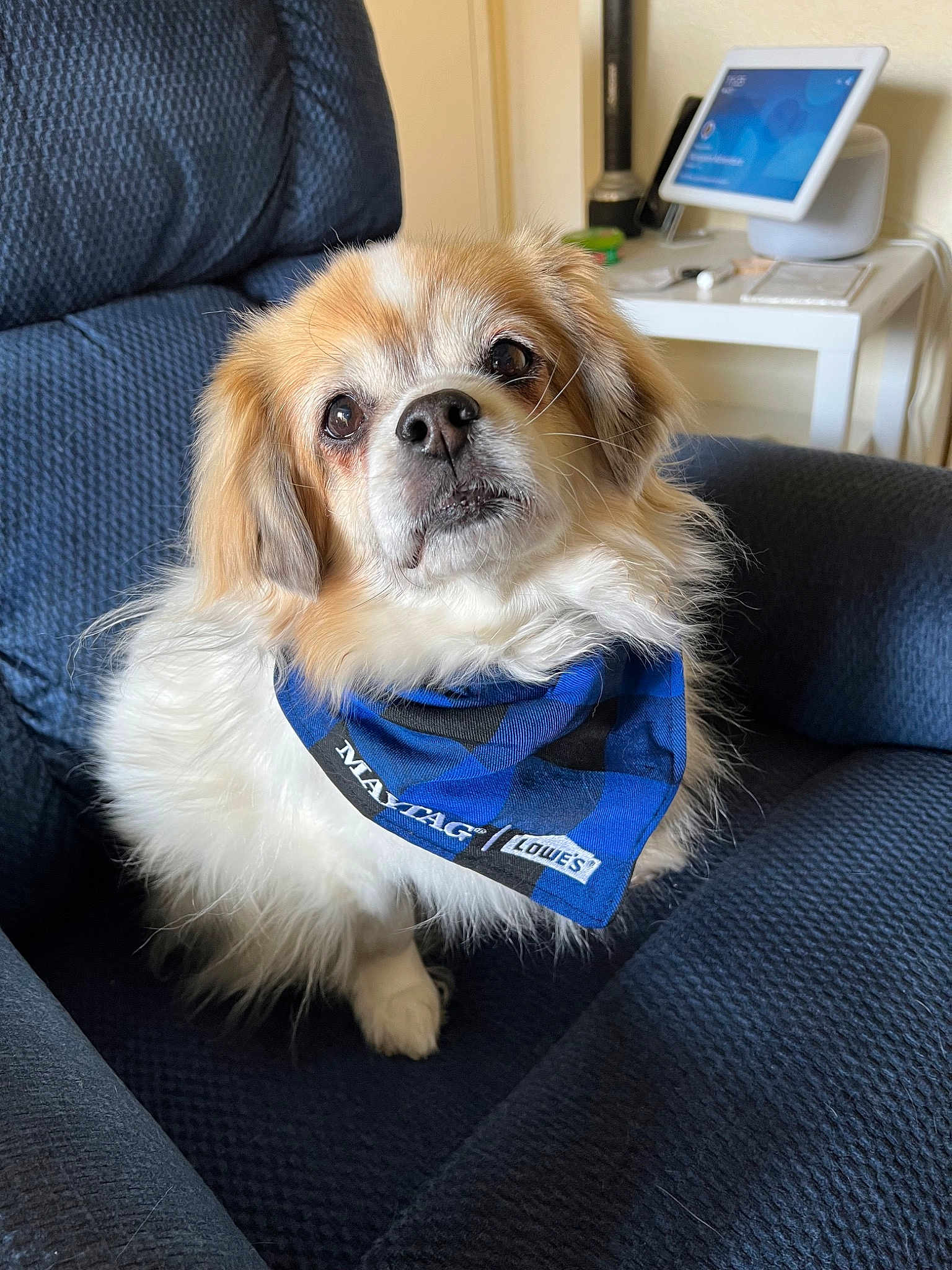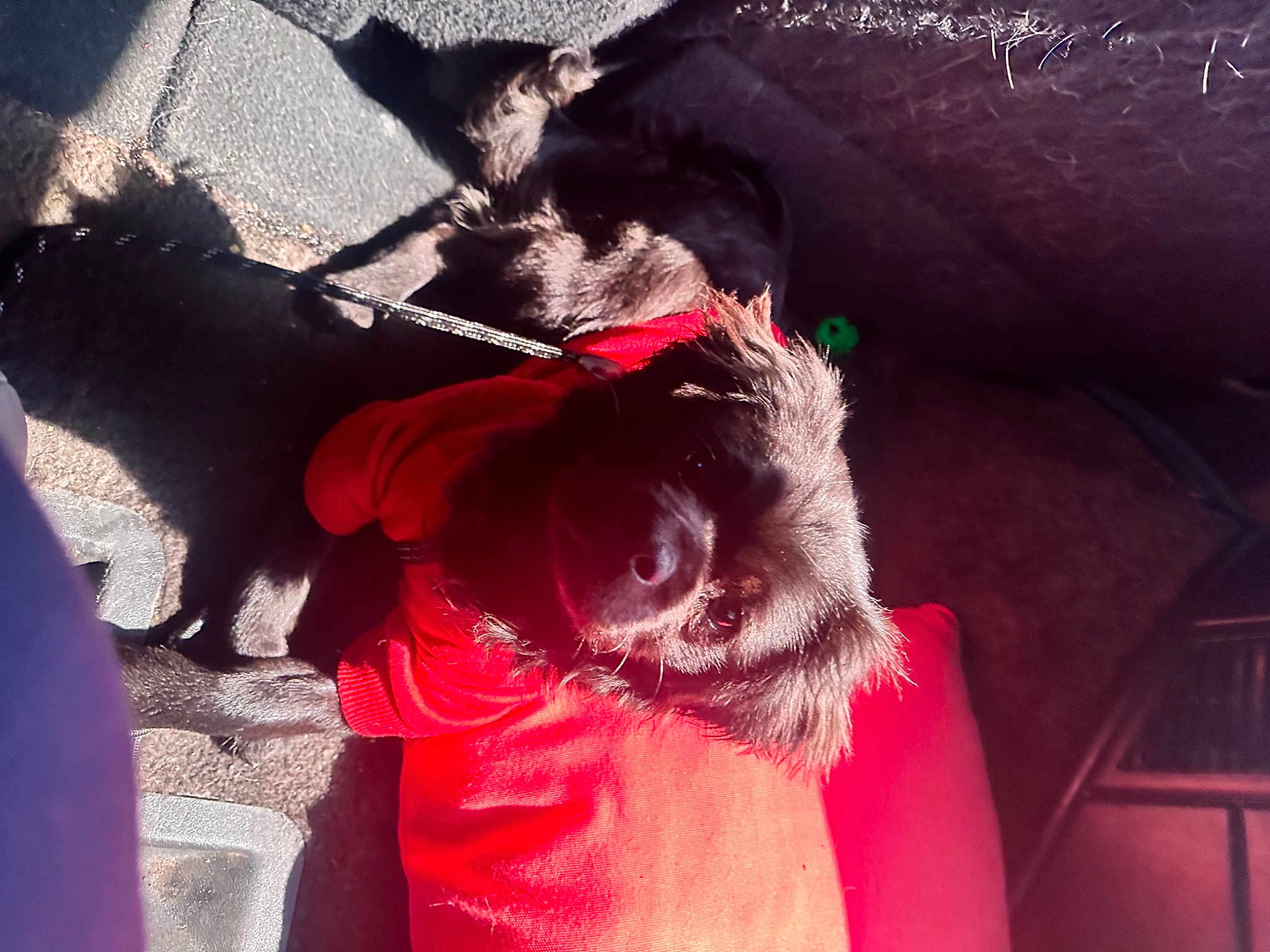
"In ancient monasteries, the Tibetan Spaniel was revered not only for its alertness and companionship but also believed to bring good fortune to its owners." This fascinating breed has captivated the hearts of many due to its rich history and charming personality. From the ancient monasteries of Tibet to the bustling homes of city dwellers, the Tibetan Spaniel continues to be a beloved companion. Today, we delve into the distinctive characteristics, history, and care of the Tibetan Spaniel, offering you insights that could help you decide if this breed is your perfect match.
Personality and Behavior of the Tibetan Spaniel
The Tibetan Spaniel is a breed known for its intelligence, loyalty, and alertness. These small, sturdy dogs are incredibly affectionate and thrive on human companionship. They are content to cuddle and stay close to their owners, making them excellent lap dogs. Yet, don't be mistaken by their size; Tibetan Spaniels are known for their spirited and playful nature. They are energetic and often enjoy a good romp in the yard or an interactive play session indoors.
In terms of behavior, Tibetan Spaniels possess a strong sense of independence. This trait can sometimes be perceived as stubbornness, but it is actually their self-assured nature shining through. They have a deep sense of awareness and are known to be excellent watchdogs owing to their keen senses and quick reflexes. Despite their vigilance, they are not overly yappy, barking primarily to alert their family of new or unusual circumstances.
Socially, Tibetan Spaniels are known to be reserved around strangers but usually warm up once they sense no threat. Early socialization can help them become more adaptable and comfortable in various environments. Their gentle and friendly demeanor makes them good companions for families with children, although supervision is recommended due to their small size.
Furthermore, Tibetan Spaniels are highly trainable owing to their intelligence, though they may require patient and consistent training. With their keen mind and desire to please their owners, they can quickly learn commands and tricks, particularly when positive reinforcement techniques are employed.
One surprising detail about the Tibetan Spaniel is that they were often used as "lion dogs" in Tibetan monasteries, acting as sentinels on the walls and alerting monks of any impending danger with their sharp bark.
Meanings, History and Origins of the name Tibetan Spaniel
The Tibetan Spaniel, also known as the "Simkhyi" in its native Tibetan language, carries a name that reflects both its geographical roots and unique characteristics. The term "Tibetan" highlights the breed's origin in the harsh, mountainous regions of Tibet, while "Spaniel" is somewhat misleading; unlike traditional Spaniel breeds, Tibetan Spaniels were not bred for hunting but for companionship and alert duties.
Historically, Tibetan Spaniels have been cherished by Tibetan monks for over a thousand years. These dogs were considered to be not only pets but also spiritual companions. Monks often kept them as close confidants, and they served practical roles in the monasteries. It was believed that their presence brought good luck and prosperity. They were often gifted as tokens of esteem, and their journey from Tibetan monasteries to global homes began through such exchanges.
The breed's rich lineage is deeply embedded in the Buddhist practices of the region. Artwork from ancient times frequently depicts the Tibetan Spaniel alongside Buddhist deities and important cultural ceremonies. Their significance transcended mere companionship, intertwining with spiritual beliefs and practices.
Their unique role as sentinels on the high walls of monasteries further set them apart. These little guardians were trained to keep watch and alert monks of any unusual activities, making them indispensable to the monastic life. Their bark was not only a warning but also a call to remain vigilant and mindful.
Popularity of the Tibetan Spaniel
The Tibetan Spaniel's journey from the secluded monasteries of Tibet to the homes around the world is a testament to their enduring appeal. Initially, the breed's exposure was limited to the circles of nobility and those with personal connections to Tibetan culture. However, as trade and exploration expanded, so too did the breed's influence.
In English-speaking countries, the Tibetan Spaniel began to gain recognition in the late 19th and early 20th centuries. They were noticed by enthusiasts who appreciated their unique looks and intelligent demeanor. Organizations like the American Kennel Club (AKC) formally recognized the breed in the late 20th century, which significantly boosted their popularity.
Today, Tibetan Spaniels enjoy a steady following in the United States and the United Kingdom. They have a dedicated group of admirers who appreciate their mix of independence and affection. Dog shows and competitions often feature Tibetan Spaniels, where their poise and elegance are on full display. The breed's relatively low profile, compared to more mainstream breeds like Labrador Retrievers or Poodles, adds an element of exclusivity that some owners find appealing.
Globally, Tibetan Spaniels have found niches in various countries, particularly in regions with a strong Buddhist heritage. In nations such as Japan and parts of Southeast Asia, the breed symbolizes a connection to ancient traditions and cultural continuity. Despite their global reach, Tibetan Spaniels remain somewhat of a rare breed outside enthusiast circles, preserving their unique charm.
Health and Care of the Tibetan Spaniel
Tibetan Spaniels are generally a healthy breed, but like all dogs, they are prone to certain health issues. Regular veterinary check-ups and a comprehensive understanding of their potential health problems can ensure a long, healthy life for your Tibetan Spaniel.
One common health concern among Tibetan Spaniels is Progressive Retinal Atrophy (PRA), a genetic eye disorder that can lead to blindness. Regular eye examinations by a veterinary ophthalmologist can help in early detection and management. Similarly, patellar luxation, a condition where the knee cap dislocates, is also prevalent in this breed. Responsible breeding practices and early veterinary intervention can mitigate these issues.
In terms of diet, Tibetan Spaniels should be fed high-quality dog food, appropriate for their age, whether they are puppies, adults, or seniors. Their diet should be balanced, providing the necessary nutrients to support their energy levels and overall health. Owners should monitor their weight, as obesity can lead to various health problems.
Grooming is another important aspect of their care. Tibetan Spaniels have a silky double coat that requires regular brushing to prevent matting and to maintain its glossy appearance. Bathing should be done as needed, but not too frequently to avoid stripping the natural oils from their coat. Regular dental care, nail trimming, and ear cleaning are also essential components of their routine care.
Exercise is crucial for maintaining their physical and mental health. While they are not as demanding as some high-energy breeds, Tibetan Spaniels do enjoy regular walks and playtime. Interactive toys and games can keep them mentally stimulated, preventing boredom and associated destructive behaviors.
Training and Education of the Tibetan Spaniel
Training a Tibetan Spaniel can be a rewarding experience for both the dog and the owner. The breed's intelligence and eagerness to please make them relatively easy to train, especially when positive reinforcement techniques are used.
Start training early, focusing on basic commands such as "sit," "stay," "come," and "down." Consistency is key, as Tibetan Spaniels can exhibit a stubborn streak. Short, engaging training sessions are more effective than prolonged periods, as they help maintain the dog's interest and enthusiasm.
Socialization is equally important. Introducing your Tibetan Spaniel to a variety of people, places, sounds, and experiences from a young age can help them become well-rounded and adaptable adults. Puppy classes can be a great way to achieve this, providing a controlled environment for your pup to learn and socialize.
One potential challenge in training Tibetan Spaniels is housebreaking. Due to their independent nature, they may take a bit longer to grasp this concept compared to more house-oriented breeds. Patience and a routine schedule can help speed up the process.
Leash training is also crucial. Tibetan Spaniels are naturally curious and their watchdog instincts may lead them to chase after moving objects or animals. A well-trained leash behavior ensures safe and enjoyable walks.
Incorporate mental stimulation into their training regimen. Puzzle toys, interactive feeding bowls, and training new tricks can keep their intelligent minds engaged. This not only prevents boredom but also reinforces positive behaviors.
Conclusion
Choosing the right dog breed is a decision that extends far beyond appearance. It involves understanding personalities, histories, and the unique care needs each breed brings. Tibetan Spaniels represent a delightful blend of ancient tradition and modern companionship, making them a fascinating breed for any dog lover. At Pageant Dog, we have had the pleasure of seeing many Tibetan Spaniels showcase their charm, intelligence, and graceful demeanor in our contests.
The Tibetan Spaniel, with its rich heritage, endearing personality, and relatively low-maintenance care, stands out as an excellent choice for those who value a blend of independence and affection in their pets. Embracing a Tibetan Spaniel means bringing a piece of ancient wisdom and timeless companionship into your home.




















































